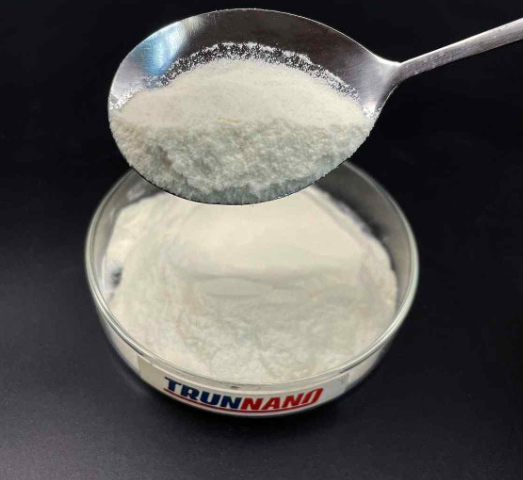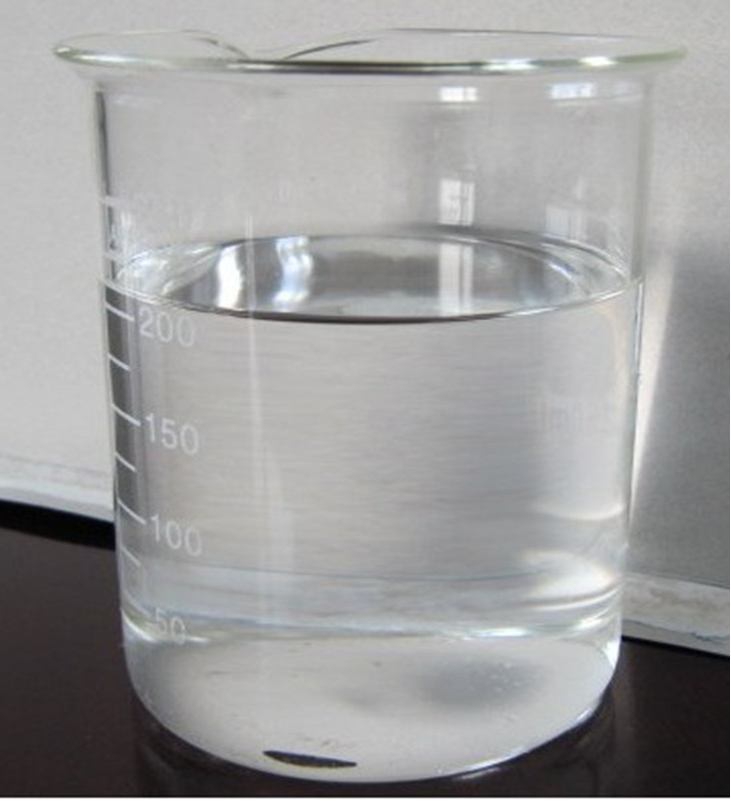1. Introduction
Just 24 hours ago, a breakthrough study published in the Journal of Agricultural and Food Chemistry revealed that sodium lauryl sulfate significantly boosts the penetration of glyphosate-based herbicides into waxy weed cuticles—making it a quiet hero in modern precision farming. While most consumers associate sodium lauryl sulfate (also known as sodium dodecyl sulfate or SLS) with the lather in their shampoo, this anionic surfactant is quietly enabling innovations in agriculture, nanotechnology, and even environmental remediation. In this article, we’ll dive into five niche, high-impact applications where SLS proves indispensable—far beyond the bathroom shelf.

2. Sodium Lauryl Sulfate in Advanced Agricultural Formulations
2.1. Surfactant for Herbicides and Weed Killers
Farmers and agronomists increasingly rely on SLS as a key surfactant for herbicides. When mixed with active ingredients like glyphosate, sodium lauryl sulfate reduces surface tension, allowing the solution to spread evenly and adhere to tough, hydrophobic plant surfaces. This is especially critical for weeds with thick cuticles, such as kochia or lambsquarters. Unlike non-ionic surfactants like ethoxylated alcohol or polysorbate 80, SLS’s strong anionic character provides superior wetting and penetration. It’s often blended with methylated seed oil or alkyl polyglucoside to balance efficacy and phytotoxicity, creating a lawn wetting agent that’s both powerful and plant-safe.

2.2. Compatibility with Other Surfactant Classes
In commercial herbicide tank mixes, SLS is rarely used alone. Formulators combine it with amphoteric surfactants like cocamidopropyl betaine (also called coco betaine or amidopropyl betaine) to stabilize the mixture and reduce irritation potential. Cationic surfactants such as cetyl trimethyl ammonium bromide (CTAB) are generally avoided due to incompatibility with anionic systems—but when carefully engineered, hybrid systems using sodium lauryl ether sulfate (also known as sodium lauryl ether sulphate or SLES) can enhance droplet retention on leaf surfaces. This synergy between anionic and cationic components—though tricky—can dramatically improve field performance.

3. Nanomaterial Synthesis and Stabilization
3.1. Role in Copper Nanoparticle Fabrication
One of the most surprising niche uses of sodium lauryl sulfate is in the synthesis of copper-based nanomaterials, including those involving copper 1 bromide. SLS acts as a capping and dispersing agent during nanoparticle formation, preventing agglomeration by electrostatic repulsion. Its long hydrophobic tail (derived from dodecyl alcohol) anchors to the metal surface, while the sulfate head group interacts with water, creating stable colloidal suspensions. Compared to fluoro surfactants or bio surfactants like rhamnolipids, SLS offers a cost-effective, scalable alternative for industrial nanomanufacturing.
3.2. Comparison with Alternative Surfactants
While nonionic surfactants like Pluronic 127 (poloxamer 188) or Span80 are common in biomedical nanotech, SLS remains preferred in inorganic synthesis due to its strong anionic nature. Sodium dodecylbenzene sulfonate and sodium lauroyl sarcosinate are sometimes substituted, but SLS provides optimal micelle formation at lower concentrations. Researchers also note that SLS outperforms sodium coco sulfate and coco glucoside in controlling particle size distribution—critical for applications in catalysis or conductive inks.
4. Environmental and Industrial Cleaning Innovations
Beyond agriculture and nanotech, SLS is gaining traction in eco-conscious industrial degreasers. When combined with lignin sulfonate—a byproduct of paper manufacturing—it enhances soil suspension in wastewater treatment. Though bio surfactants like decyl glucoside and sodium cocoyl glutamate are rising in popularity for their biodegradability, SLS remains unmatched in high-alkalinity environments. Its compatibility with sodium oleate and sodium deoxycholate makes it ideal for formulations targeting oil-contaminated soils or marine spill remediation.
5. Formulation Science in Personal Care: Beyond the Basics
Even within cosmetics, SLS has niche roles that go unnoticed. In sulfate-free claims, brands often replace SLS with sodium lauroyl methyl isethionate or sodium cocoyl isethionate—but in high-performance cleansers (like those for acne-prone skin), SLS is still valued for its deep-cleaning power. Interestingly, when paired with amphoteric surfactants like coco amido propyl betaine, it mitigates irritation while maintaining efficacy. And despite confusion over terms like sls sodium lauryl sulfate, sls sodium laureth sulfate, or laureth sulphate, formulators distinguish clearly between SLS (sodium lauryl sulfate) and SLES (sodium laureth sulfate)—the latter being milder due to ethoxylation.
6. Conclusion
From boosting herbicide uptake in drought-resistant crops to enabling next-gen nanomaterials, sodium lauryl sulfate proves its worth far beyond the foaming action in your morning shower gel. While alternatives like alkyl polyglucoside, cocamidopropyl, and nonionic surfactants gain ground in green chemistry, SLS remains a workhorse in specialized applications where performance, cost, and scalability matter. Whether you’re sourcing sodium lauryl sulfate for sale from suppliers like Rohit Surfactants Private Limited or exploring its role in cutting-edge research, one thing is clear: this humble anionic surfactant continues to punch above its weight in the world of advanced formulation science.
Our Website founded on October 17, 2012, is a high-tech enterprise committed to the research and development, production, processing, sales and technical services of ceramic relative materials such as 5. Our products includes but not limited to Boron Carbide Ceramic Products, Boron Nitride Ceramic Products, Silicon Carbide Ceramic Products, Silicon Nitride Ceramic Products, Zirconium Dioxide Ceramic Products, etc. If you are interested, please feel free to contact us.


